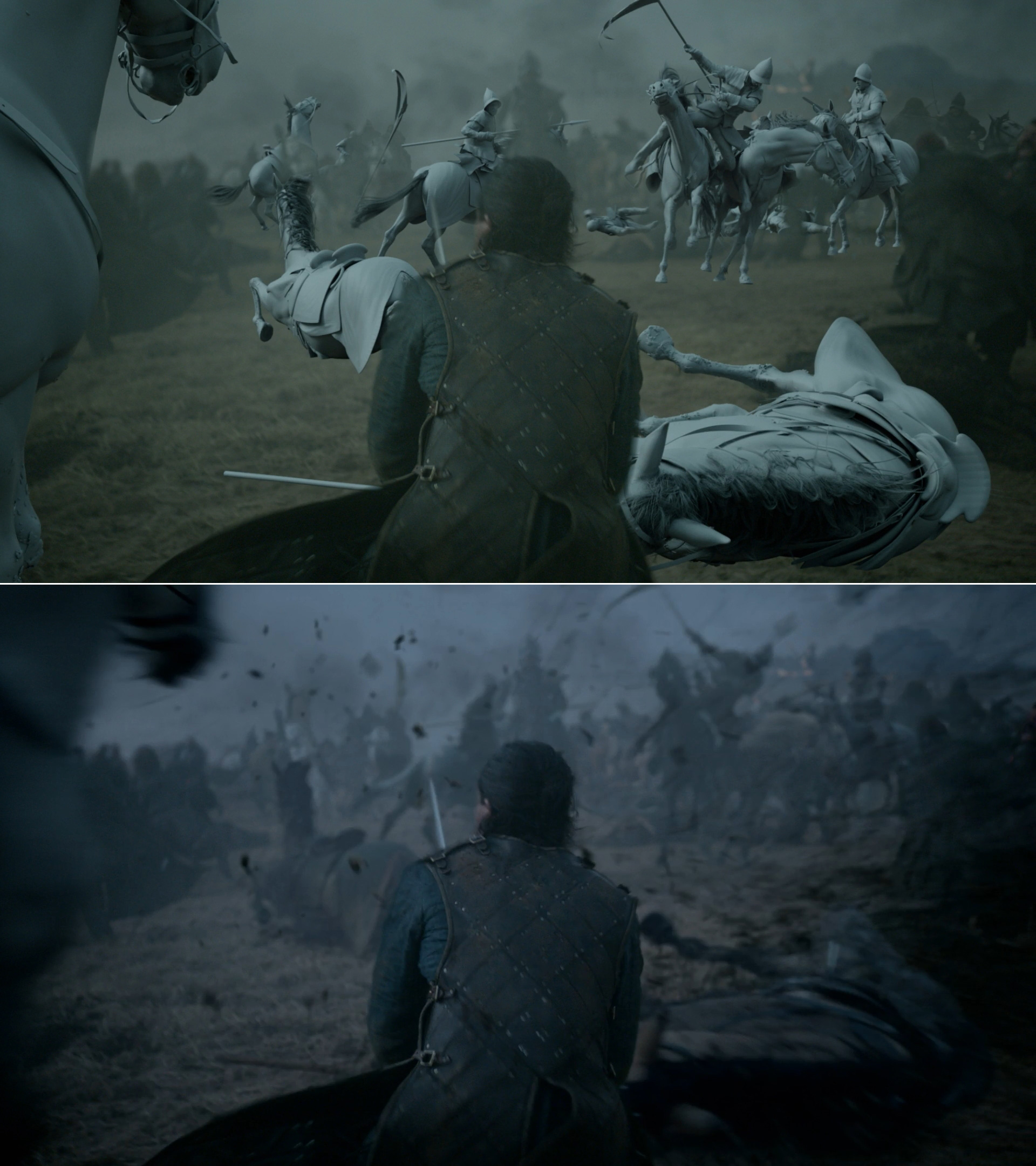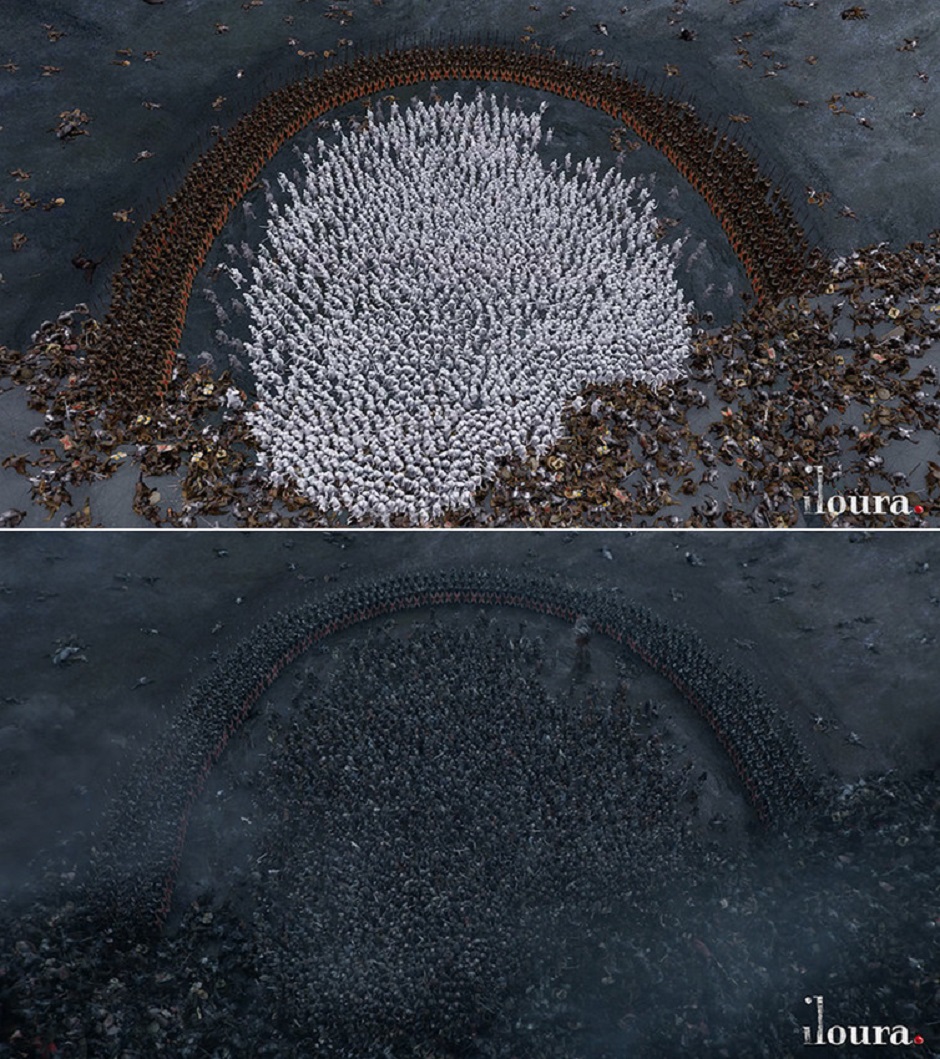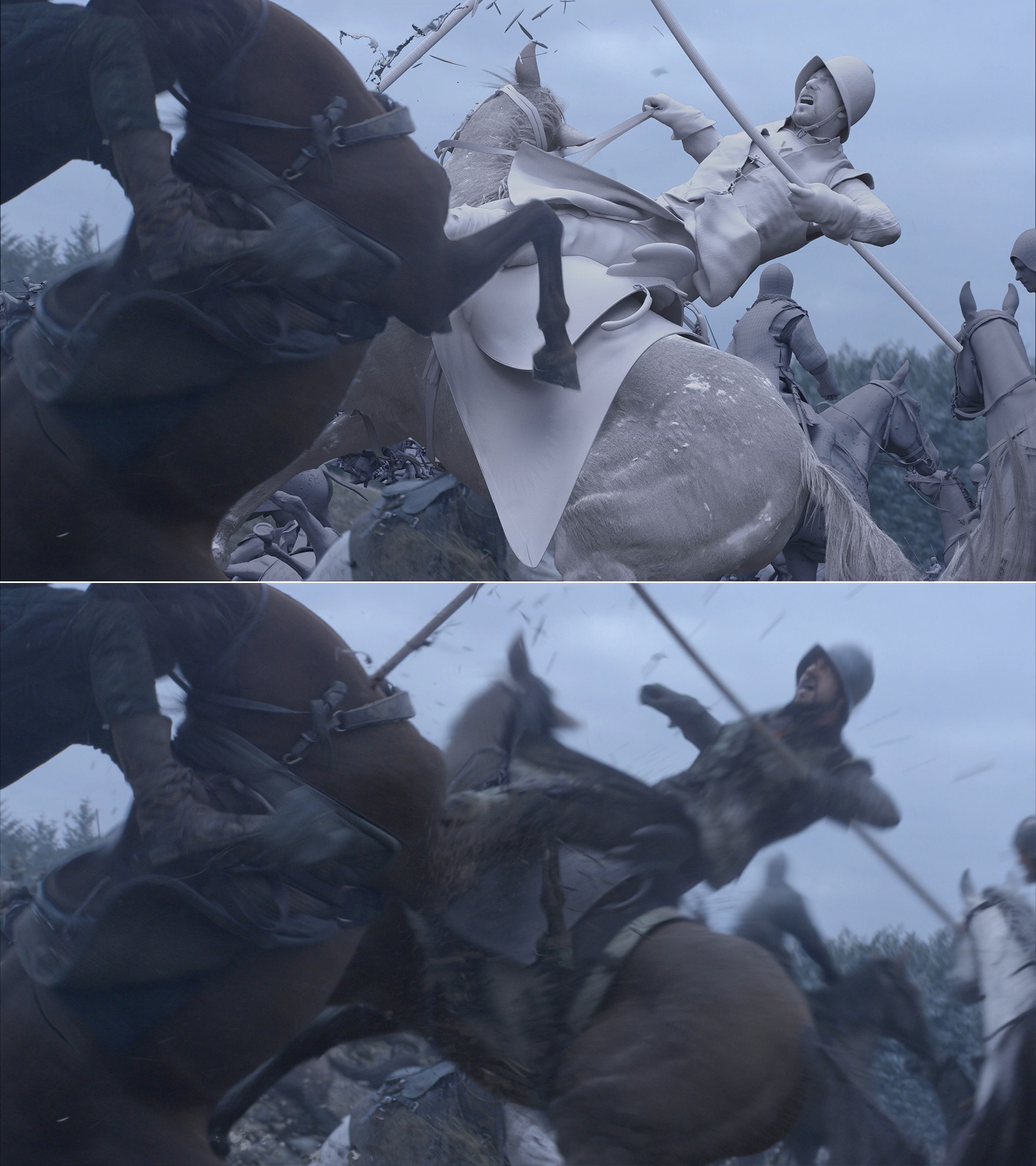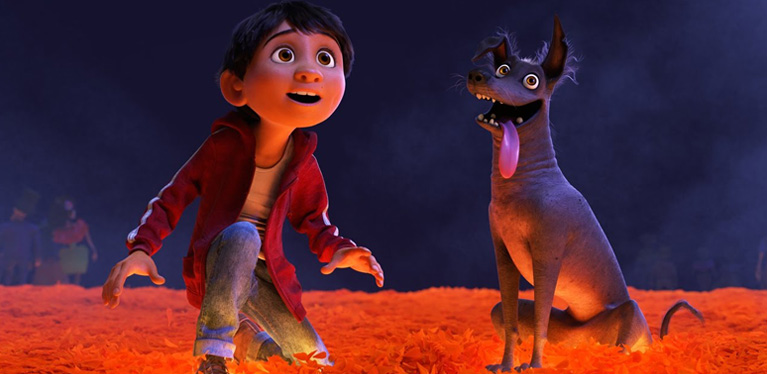Game of Thrones (GoT) recently created history with 23 nominations and 12 wins at the Emmy Awards. Besides winning in the most popular categories, it also won for Outstanding Visual Effects, its fifth consecutive win in this category. So how did it happen this year? We bring you the VFX breakdown of Battle of the Bastards.
[youtube]https://www.youtube.com/watch?v=B93k4uhpf7g[/youtube]
The episode
GoT season 6 episode, Battle of the Bastards, will remain one of the most talked-about episodes in the series. The battle was a showdown between the armies of Jon Snow and Ramsay Bolton over control of the North. The 22 minute battle was supposed to be gritty and impulsive, giving a real sense of the chaos of men and horses fighting in the mud. The episode also required bringing together a lot of previous narrative threads together in a single, high-impact collision, and this required a huge effort and special effect team behind it.
The team
The mammoth task was accomplished by Melbourne-based visual effects studio, Iloura, whose previous credit includes the ghosts for Ghostbusters (2016). But GoT proved to be a lucky charm. This was the first time the studio worked on the show, and won their first Emmy. Their work was spell-binding, both in scope, and the final output.
The work
It took Iloura eight months and 120 people to create the battle. The studio seamlessly combined 70 real horses, hundreds of extras, and computer-generated images. Since GoT had set previous records in visual effects, it was important for the studio to precisely plan the entire production. They plotted the action sequences down to the last detail, and were extra careful about the lights used on sets.
The episode employed every possible VFX technique & trick. Actors & stunt performers were filmed on location or against green screen. They were later integrated into the scenes with CG characters, props & background.
The animation team was broken into two smaller teams. One team was responsible for detailed character animation, while the second team worked with effects animation such as smoke & fire. Once completed, the elements were put together by the compositors. Iloura used Massive, the software pioneered by Peter Jackson’s VFX company, Weta Digital. This software allowed large crowd simulations, with each individual character moving & interacting independently with its environment. This is how the team took 70 horses & 500 extras, and turned them into three separate armies, made of thousands of virtual soldiers and horses.
The challenge
The producers possibly felt that the special effects team didn’t have enough on their hands. So the studio had to create every element in the episode from scratch, except the castle Winterfell, and a raven that had appeared in an earlier episode. This was tougher because the team had to create photo-realistic virtual actors for close-up shots as well. One of the most iconic shots of the episode showed Jon Snow, on foot, fighting his way through a chaos of charging horses & men, dodging spears & arrows. This was created entirely in CG, including all his close-ups. Could you tell?
Another crucial shot had Jon Snow leaping from his horse in the middle of the battle. Since this could prove risky to shoot on set or against a screen, the shot was created in CG, and Kit Harington’s head was later digitally composited onto a CG body.
The animation
It goes without saying that a sequence of this nature would require immense time and a lot of attention to detail. To achieve maximum realism, virtual creatures were created from the inside out. First, a detailed skeleton was built & rigged as per the real range of movements. This was done both for the horses & humans. This was then matched with anatomically correct muscle movements. The skin over the muscles was the last step in the process. Once all the movements were anatomically perfected, skin texture, colour, and hair were added in a manner so that they produced real-life effects when composited against a virtual light source.
Clothing, armour, and saddles were built to scale, and added. But that was not enough. Each piece was carefully ‘aged’ so that they appear well worn, as the fight rages on. Hair and bits of hanging cloth & leather were given physical properties that allowed them to swing and react as per the laws of physics.
As a popular television series, GoT has already established a visual style & standard. Iloura had to ensure that their completed shots matched the established look, and the audience expectation. Well, the Emmy clearly proves that they not only matched the expectations, but went beyond, and set new standards.
[vimeo]https://vimeo.com/172374044[/vimeo]




